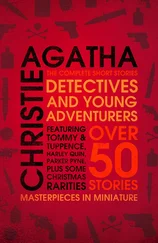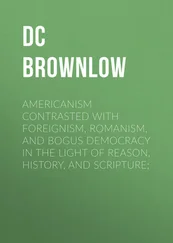Doyle’s duties as production manager on Holy Grail included staging the Black Knight sequence in East London, locating a Polish engineer in the wilds of Scotland to fashion a cog for a broken camera, and transporting a dead sheep in his van at five o’clock in the morning. He took the more sedate job of editor for Life of Brian and The Meaning of Life . He has also edited Brazil and The Wind in the Willows .
Director of photography for Monty Python and the Holy Grail, Bedford also served as DP for Terry Gilliam’s Jabberwocky . He has since become a director for television and commercials, and helmed the feature Slayground .
A fellow alumnus of the London International Film School with Bedford, Doyle, and Forstater, Atherton was camera operator on Holy Grail . He has served as director of photography for such directors as Adrian Lyne ( Fatal Attraction, Lolita ) and Michael Bay ( Bad Boys ).
Python’s New York-based publicist and, later, personal manager during the Seventies and Eighties.
Not a Python, but an incredible simulation. Before creating The Hitchhiker’s Guide to the Galaxy, Adams collaborated with Graham Chapman in the mid-Seventies, and even contributed a few morsels to Python. He later collaborated with Terry Jones and John Cleese on the video game Starship Titanic . (Adams died in 2001.)
A six-time Emmy Award winner, Azaria has appeared in the Mike Nichols film The Birdcage, Cradle Will Rock, Mystery Men, and Tuesdays with Morrie, and the series Mad About You, Huff, Ray Donovan, and Brockmire . But he is probably best known as the voices of Moe, Chief Wiggum, Apu, Comic Book Guy, and several dozen other characters on The Simpsons . Azaria was a Tony Award nominee for the original Broadway production of Monty Python’s Spamalot .
INTRODUCTION CONTENTS COVER TITLE PAGE COPYRIGHT DEDICATION FOREWORD BY JOHN OLIVER INTERVIEWEES INTRODUCTION PRE-PYTHON BIRTH TAKE-OFF THE PYTHONS THROUGH THE LOOKING GLASS The Control Freak Splunge! The Nice One The Cheeky One The Zealous Fanatic The Monosyllabic Minnesota Farm Boy The Group Dynamic AND NOW FOR SOMETHING COMPLETELY … THE SAME? FEAR AND LOATHING AT THE BBC MONTY PYTHON AND THE HOLY GRAIL THE US INVASION BEGINS THE FOURTH (AND FINAL) SORTIE CAUGHT IN PYTHON’S ORBIT LIFE OF BRIAN FLYING SOLO THE MEANING OF LIFE LE MORTE D’ARTHUR THE ‘IF YOU COULD SAVE ONLY ONE THING YOU’VE PRODUCED’ CHAPTER TWENTY-FIRST-CENTURY PYTHON SPAMALOT DÉJÀ REVUE EXITING THE STAGE FINAL THOUGHTS FOOTNOTES THE PYTHON OEUVRE SOURCES BIBLIOGRAPHY INDEX ACKNOWLEDGEMENTS ABOUT THE AUTHOR ABOUT THE PUBLISHER
This revolution was televised.
When the six members of Monty Python embarked on their unique collaboration fifty years ago, they were reacting against what they saw as the staid, predictable formats of other comedy programmes. What they brought to their audience was writing that was both highly intelligent and silly. The shows contained visual humour with a quirky style, and boisterous performances that seemed to celebrate the group’s creative freedom. But what made Monty Python extraordinary from the very beginning was their total lack of predictability, revelling in a stream-of-consciousness display of nonsense, satire, sex, and violence. Throughout their careers they were uncompromising in their work, and consequently made a mark on popular culture – and the pop culture industry – which is still being felt today.
Two of the more revolutionary concepts of Monty Python’s Flying Circus (the BBC Television series which premiered in Britain in 1969 and in the United States five years later) were the lack of a ‘star’ personality (around whom a show might have been constructed), and the absence of a specific formula. Typically, the most popular or influential comic artists in film or television were those who had shaped a powerful persona, either of themselves or of an archetypal character. Charlie Chaplin, Buster Keaton, Harold Lloyd, the Marx Brothers, W. C. Fields, Bob Hope, Woody Allen, and Richard Pryor all worked within a formula in which the comedy would be built around a recognizable character. And while a few experimented with the conventions of motion pictures (such as Allen’s character Alvy Singer breaking the fourth wall while standing in a cinema line in Annie Hall ), it was still in support of a comic personality.
Television (and radio) also perpetuated the situation comedy, in which narrative possibilities were limited by being subordinate to the conventions of already-accepted characters, with no deviation allowed. Even Rowan and Martin’s Laugh-In, which was heralded in its time for its fast, freewheeling format, nonetheless had a format, in addition to recurring characters and situations.
Python would have none of that. Apart from a few repeated characterizations such as the Gumbys (irrepressible idiots, which were themselves pretty vaguely drawn), the series’ forty-five episodes marked a constant reinvention. Each production had its own shape, with only rare reminders of what other Python shows were about. There might be a theme to a particular episode’s contents, but even that was a pretty loose excuse for linking sketches together. It was that fluidity of style that made the Pythons seem like a rugby team which kept changing the ground rules and moving the goalposts, and still played a smashing good game – one could barely keep up with them. And even as audiences became more familiar with each Python’s on-screen personality, the six writer/performers were so adaptable and chameleonic that no one ever stood out as the star of the group – the cast was as fluid as the material.
This very flow of action and ideas was the most potent source of humour for Python. The comedy had an inner logic (or illogic) that was not contingent upon generally accepted notions of drama: there was no narrative drive, no three-act structure, and no character development (and in fact, there was often anti -character development, as when the camera turns away from a couple deemed ‘the sort of people to whom nothing extraordinary ever happened’).
As the series progressed, the troupe experimented with doing longer and longer sketches, or (as in ‘Dennis Moore’) creating characters or situations which would reappear at different points throughout the show. By the end, a couple of episodes (‘The Cycling Tour’, ‘Mr Neutron’) were in effect half-hour skits, though their lack of dramatic arc pointed to the fact that separate, disparate sketches were in effect draped over a specific character serving as a linking device.
Monty Python’s Flying Circus never had the tight adherence to form or place that John Cleese’s Fawlty Towers had, and never really told a story, as the Michael Palin and Terry Jones series Ripping Yarns did. What it did have were odd and surreal juxtapositions, a penchant for twisted violence, and a belief that the human condition is, on the whole, pretty absurd.
The films that followed – Monty Python and the Holy Grail, Life of Brian, and The Meaning of Life – demonstrated quite vividly that this stream-of-consciousness approach could be transferred to feature-length films, but the Pythons also showed that they could (when they wanted to) have the discipline to tell an actual story. Brian is a fast-moving, fully formed tale whose comic asides never distract from the central figure’s arc. More importantly, the filmmakers offer some serious social commentary mixed in with the humour, without ever seeming pedantic or boring – a very rare talent.
Читать дальше
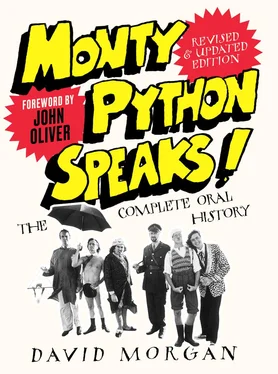


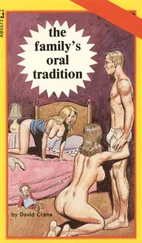

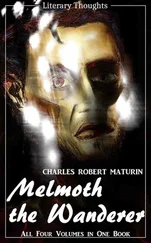

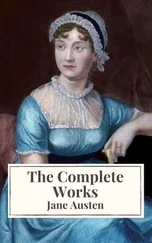
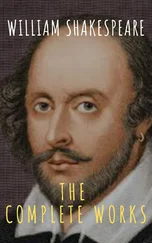

![Theresa Cheung - The Dream Dictionary from A to Z [Revised edition] - The Ultimate A–Z to Interpret the Secrets of Your Dreams](/books/692092/theresa-cheung-the-dream-dictionary-from-a-to-z-r-thumb.webp)
